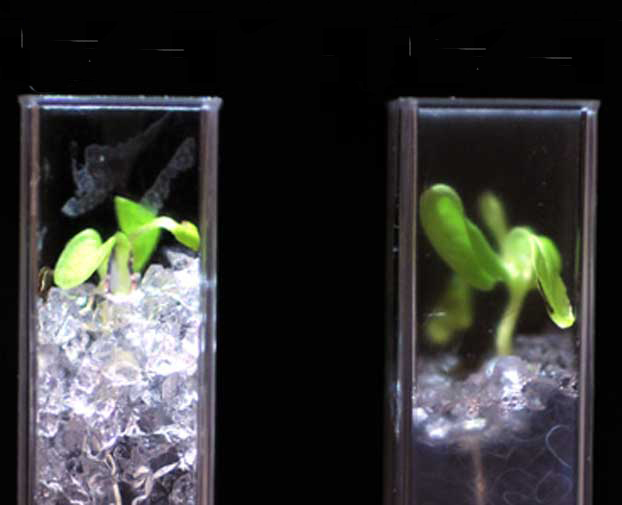
In 1995, divers discovered bizarre configurations about 6 feet in diameter off the coast of Japan’s Amami-Oshima Island. They resembled crop circles. Were these underwater aliens?
The answer turned out to be a newly classified pufferfish, Torquigener albomaculosus. The “Crop Circle Fish” was among many species that received scientific names over the last year. The International Institute for Species Exploration has listed their their top 10 of nearly 18,000 newly named species.
These obscure creatures may be hidden away in environments that are not populated by people, such as the strange creatures we are discovering deep beneath the ocean. Others are known locally, but only recently noticed by the scientific community. Here are the other nine recognized on this “top 10” list:
- Anzu wyliei, also known as “the Chicken From Hell,” is a 10-foot-tall birdlike dinosaur which lived around 66 million years ago in the Dakotas.
- The Balanophora coralliformis is a parasitic plant found only on the southwestern slopes of Mount Mingan in the Philippines. It has a unique, coral-like appearance because of branches of above-ground tubers which have a coarse texture.
- The bizarre Cebrennus rechenbergi, or cartwheeling spider, uses a strange flipping motion to propel itself over the sands of Morocco.
- Dendrogramma enigmatica are multicellular animals resembling mushrooms. Not only a new species, they may represent an entirely new phylum!
- The so-called Bone-house wasp, Deuteragenia ossarium, from southeast China, uses corpses of ants to ward off predators by stuffing them into crevices on the outside of the nest.
- The Limnonectes larvaepartus is a fanged frog from Sulawesi Island, Indonesia, that gives live birth to tadpoles that are deposited into pools of water. Other species hatch from eggs.
- The Phryganistria tamdaoensis, discovered in Vietnam, is the world’s second longest insect.
- A Sea Slug, Phyllodesmium acanthorhinum, is a particularly beautiful variety that might be a sort of “missing link” in the sea slug world.
- A Mexican plant had been used for years in “nacimientos,” or altar scenes depicting the birth of Christ, by villagers in Sierra de Tepoztlán, Tlayacapan, San José de los Laureles, and Tepoztlán. It turned out to be a species of Bromeliad previously unknown to science. It’s been dubbed Tillandsia religiosa.
These are only ten from thousands of newly classified species. As we continue to seek perhaps we’ll finally be giving scientific names to some of the legendary creatures such as Bigfoot that have eluded and fascinated seekers for centuries.











